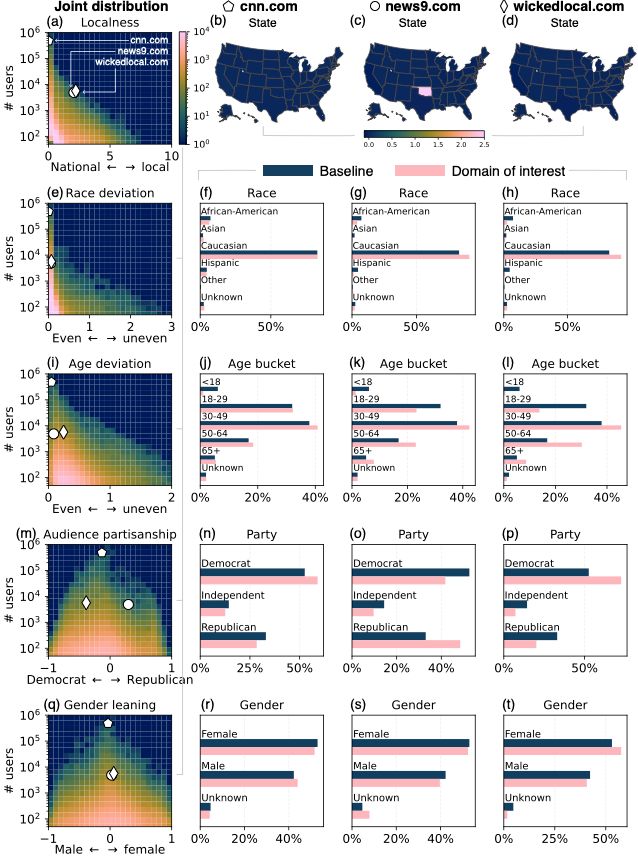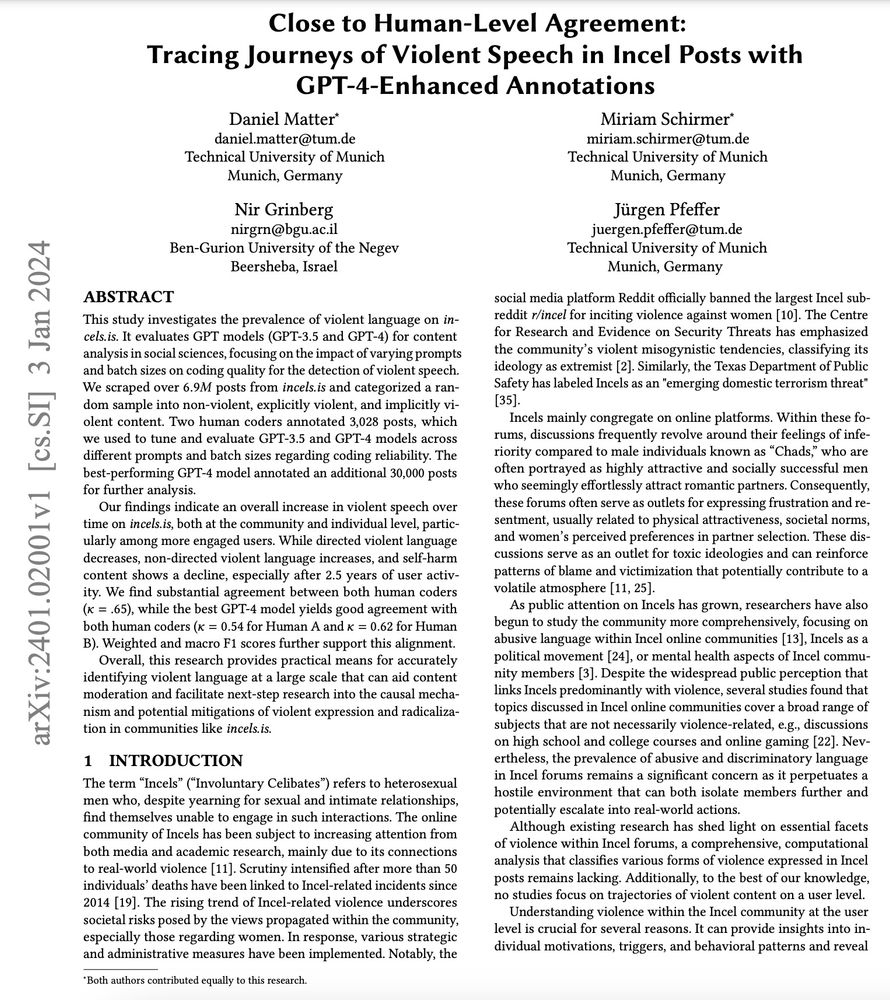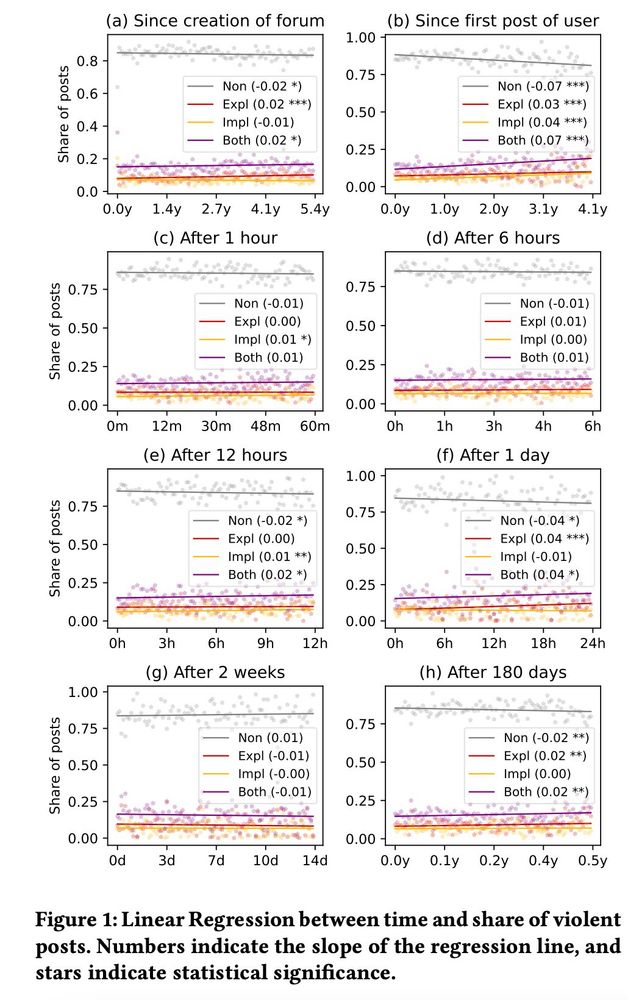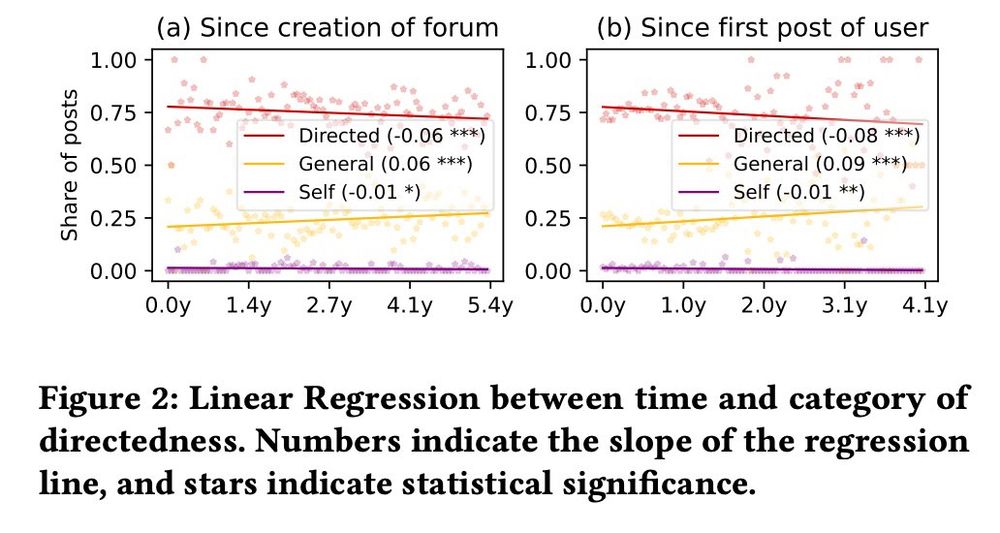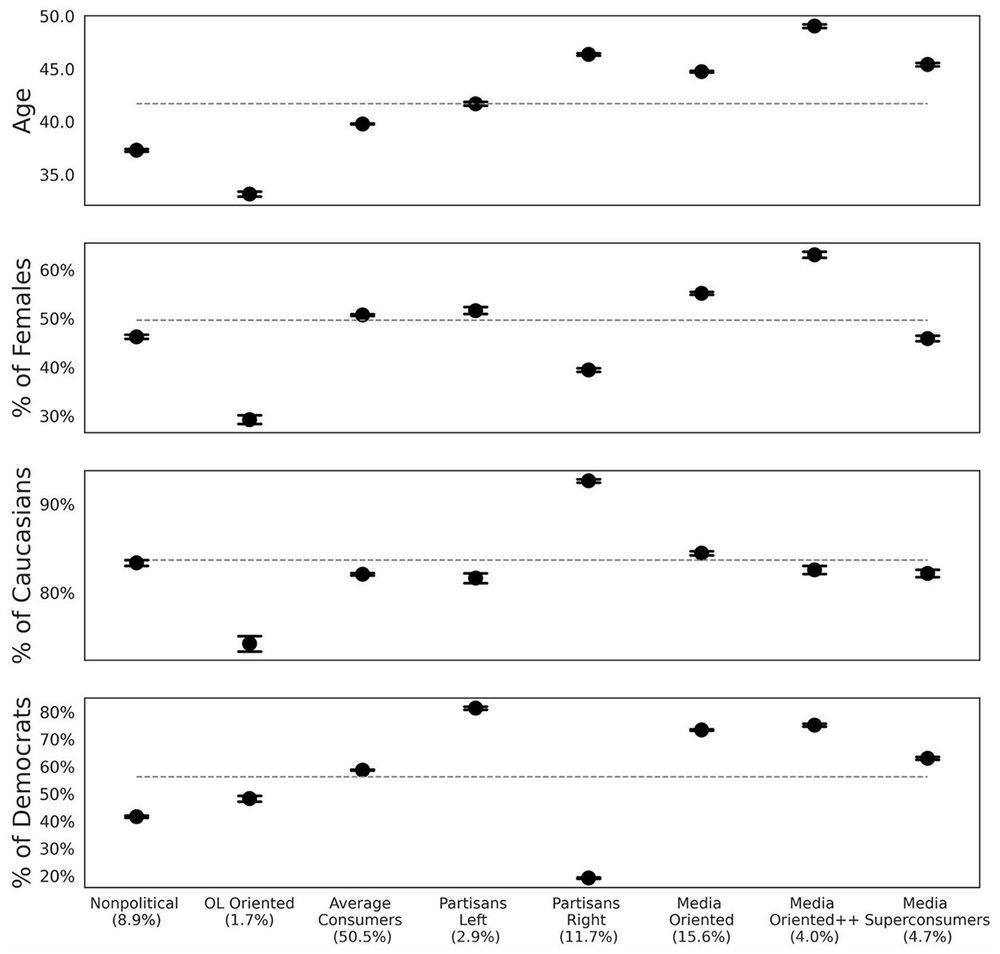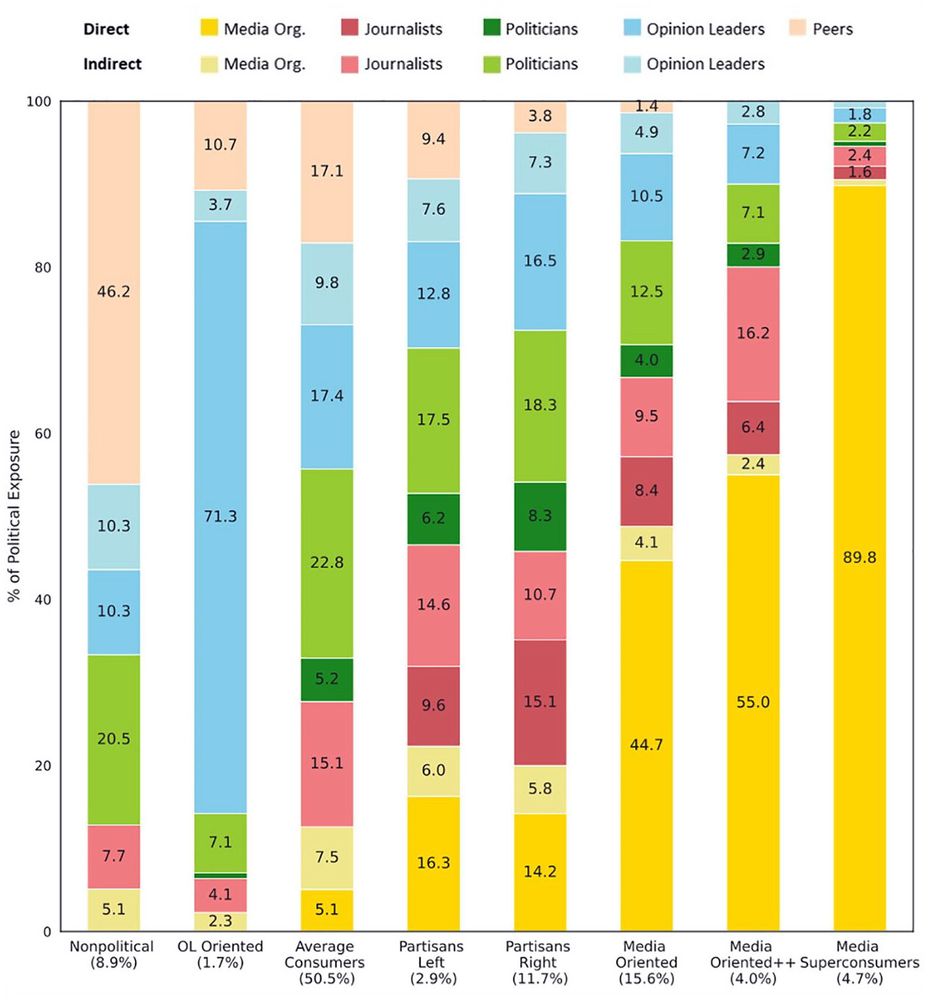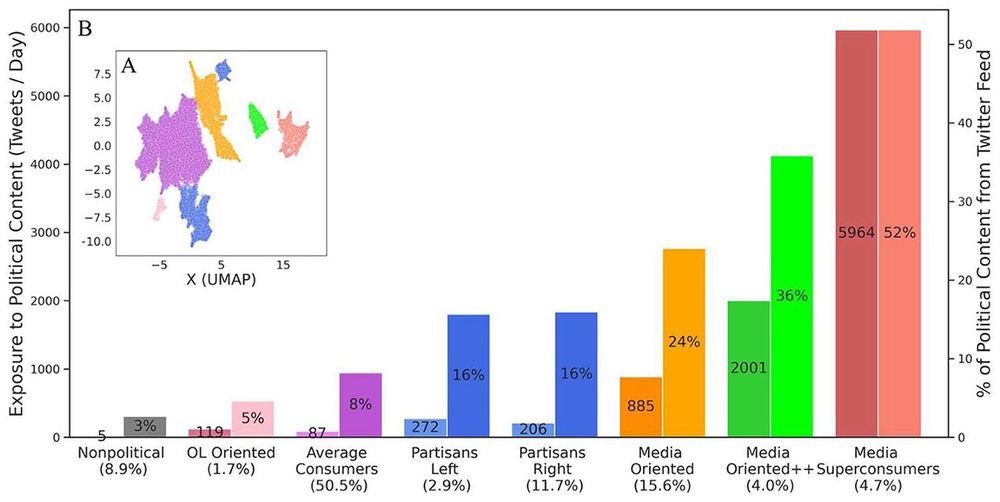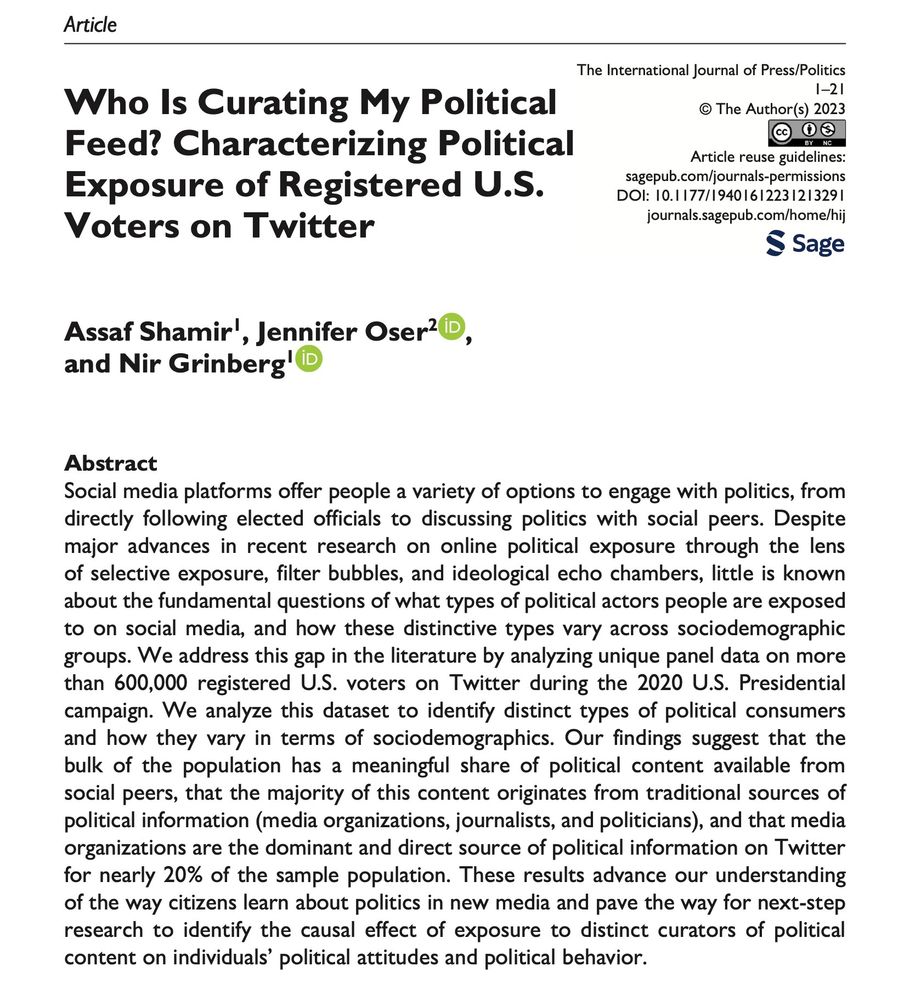Nir Grinberg
@nirg.bsky.social
170 followers
170 following
8 posts
Assistant prof. at BGU in the field of Computational Social Science.
Posts
Media
Videos
Starter Packs
Reposted by Nir Grinberg
Reposted by Nir Grinberg
Nir Grinberg
@nirg.bsky.social
· Dec 5
Nir Grinberg
@nirg.bsky.social
· Dec 5
Nir Grinberg
@nirg.bsky.social
· Dec 5
Nir Grinberg
@nirg.bsky.social
· Dec 5
